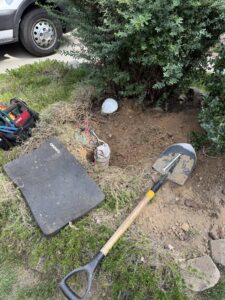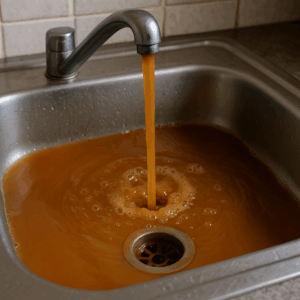Your water well plays a crucial role in providing your family with fresh, clean water every day. Recognizing the early signs of a failing well can prevent unexpected breakdowns and costly disruptions to your daily routine. Let’s discuss simple and reliable ways to spot well problems before they turn into serious issues, keeping your home’s water flowing steadily and reliably.
Sudden Changes in Water Pressure
One of the earliest and most noticeable signs of a failing well is a sudden drop in your home’s water pressure. If faucets, showers, or appliances deliver weaker streams of water than usual, your well may be experiencing difficulty maintaining proper water levels. This pressure drop often occurs gradually, giving you a clear warning that it’s time to inspect your well system. Don’t ignore fluctuating or declining water pressure—early attention to this issue can prevent further problems.
Cloudy, Murky, or Dirty Water
Clear, pure water is what you expect and deserve from your well. If the water suddenly becomes cloudy, discolored, or gritty, it’s likely that your well is experiencing sediment infiltration or other contaminants. Dirt or sediment appearing in your water is often an indication that your well casing or filtering system is compromised. These issues should be addressed promptly to protect your family’s health and your home’s plumbing.
Air Spurting from Faucets
Air bubbles or sputtering from faucets strongly indicate that your well is having trouble delivering consistent water flow. These air spurts generally point to low water levels within the well or leaks in the piping system. Air intrusion should be investigated quickly, as it can lead to more serious well damage or even pump failure. Paying attention to these signals helps you stay ahead of potential breakdowns.
Frequent Well Pump Cycling
A healthy well and pump system cycles at regular intervals to maintain constant water pressure. If you notice your pump repeatedly cycling on and off or staying on longer than usual, it could be struggling to meet your home’s demands due to lower water levels or declining efficiency. Frequent cycling places additional stress on your pump and well components, significantly shortening their lifespan.
Increased Sediment in Your Filters
If you have a filtration system installed, check your filters regularly. Increased sediment accumulation in your water filters is an early warning sign that your well may be drawing water from lower depths due to decreasing water levels. Heavier-than-normal sediment deposits mean your well is working harder, and immediate action should be taken to avoid potential long-term damage to your pump or plumbing system.
Changes in Taste or Odor
Fresh well water should taste crisp and clean. Sudden changes in taste or noticeable odors like sulfur, metal, or earthiness could indicate bacterial contamination or minerals leaching into your water supply. Such changes often reflect deeper issues within your well system and require immediate attention to maintain safe drinking water for your household.
Higher Electricity Bills
Well pumps experiencing difficulty often require more energy to maintain consistent water supply. If you see unexplained increases in your monthly electricity bills, your well pump might be working harder due to declining well conditions or internal problems. Regularly monitoring your energy usage helps catch these a failing well early, saving you energy and money.
Have more questions?
At TLC Well Service LLC, we provide fast, reliable service to get your well back up and running. Contact us today if you have any questions!







